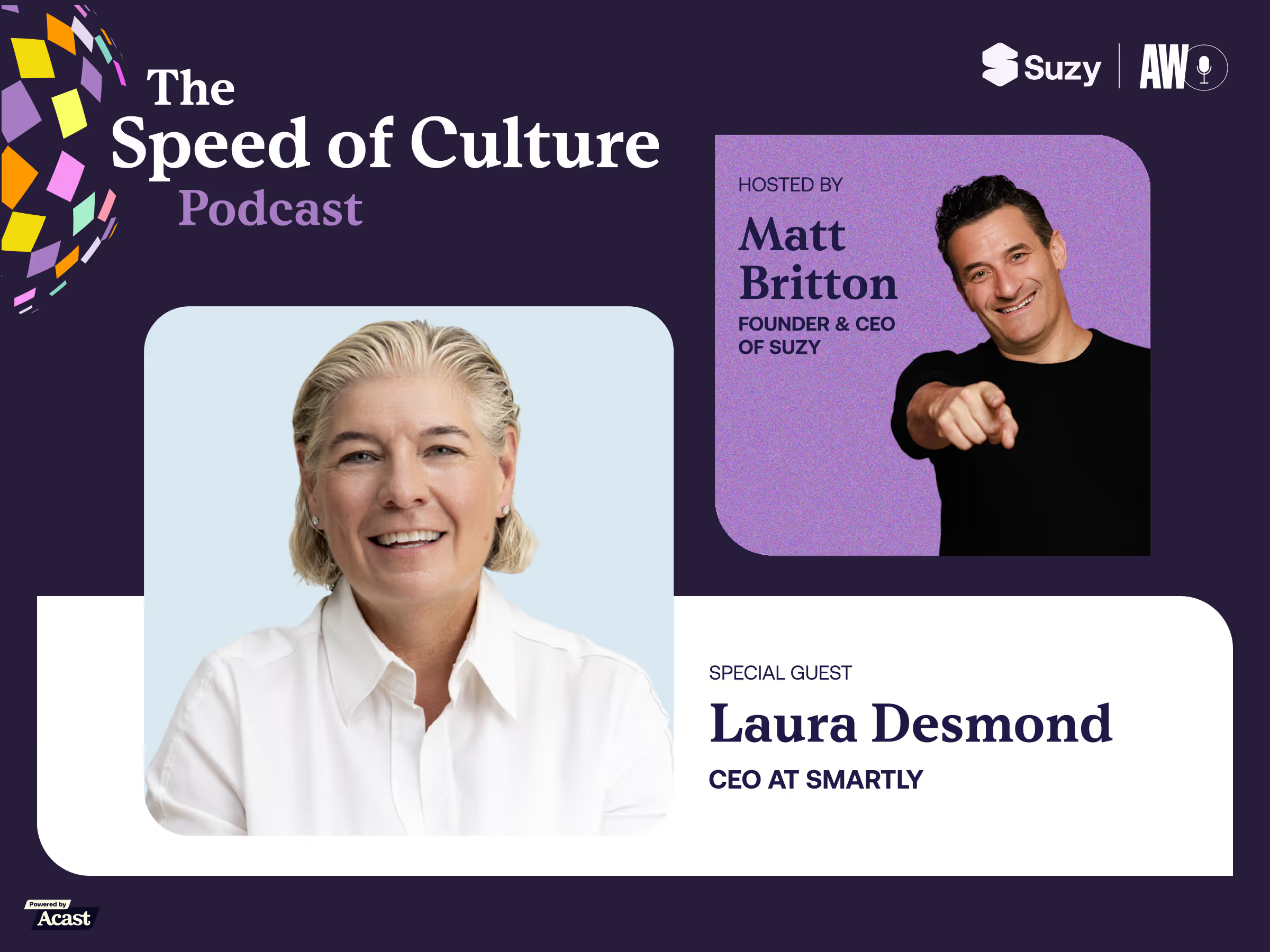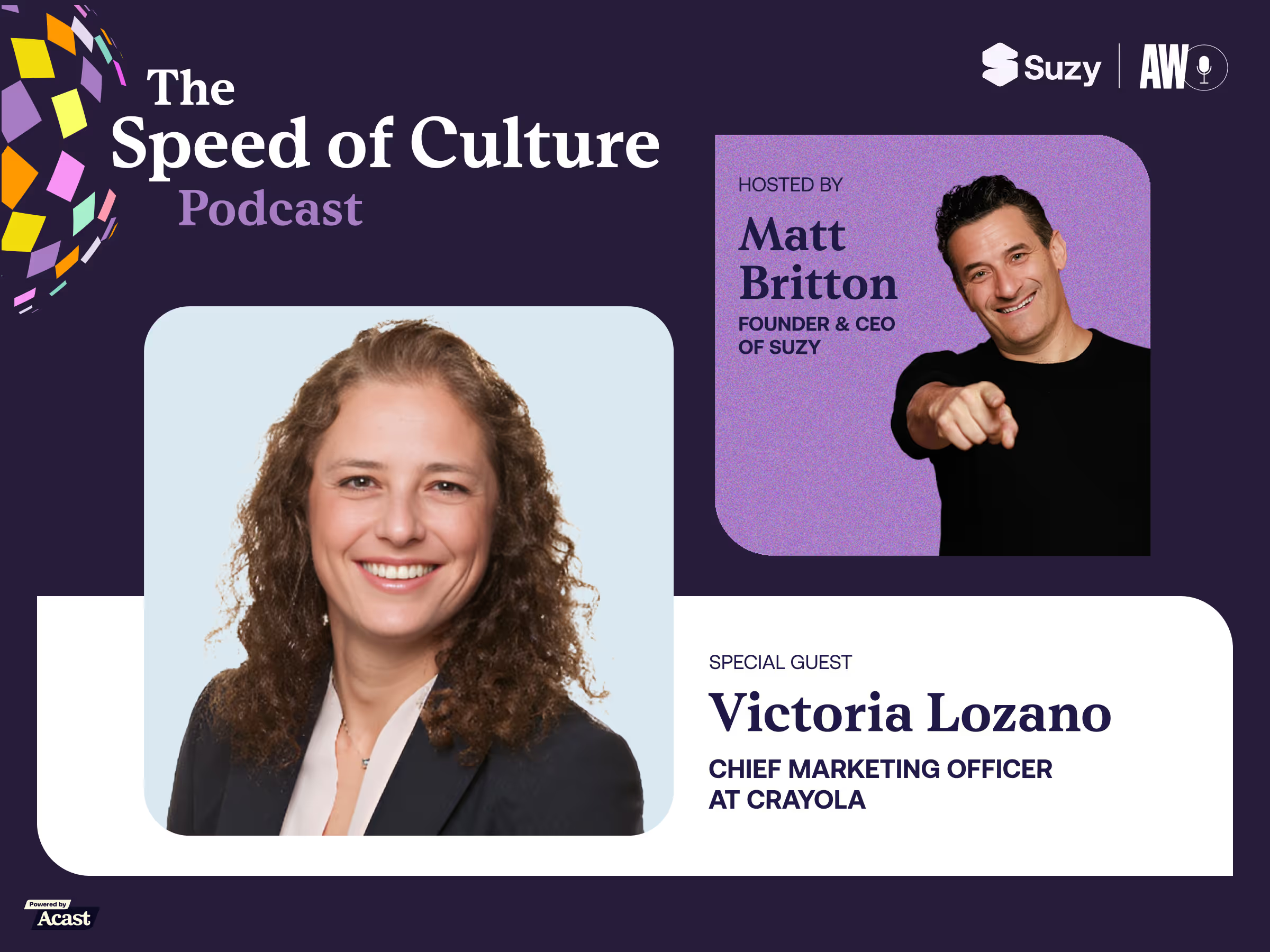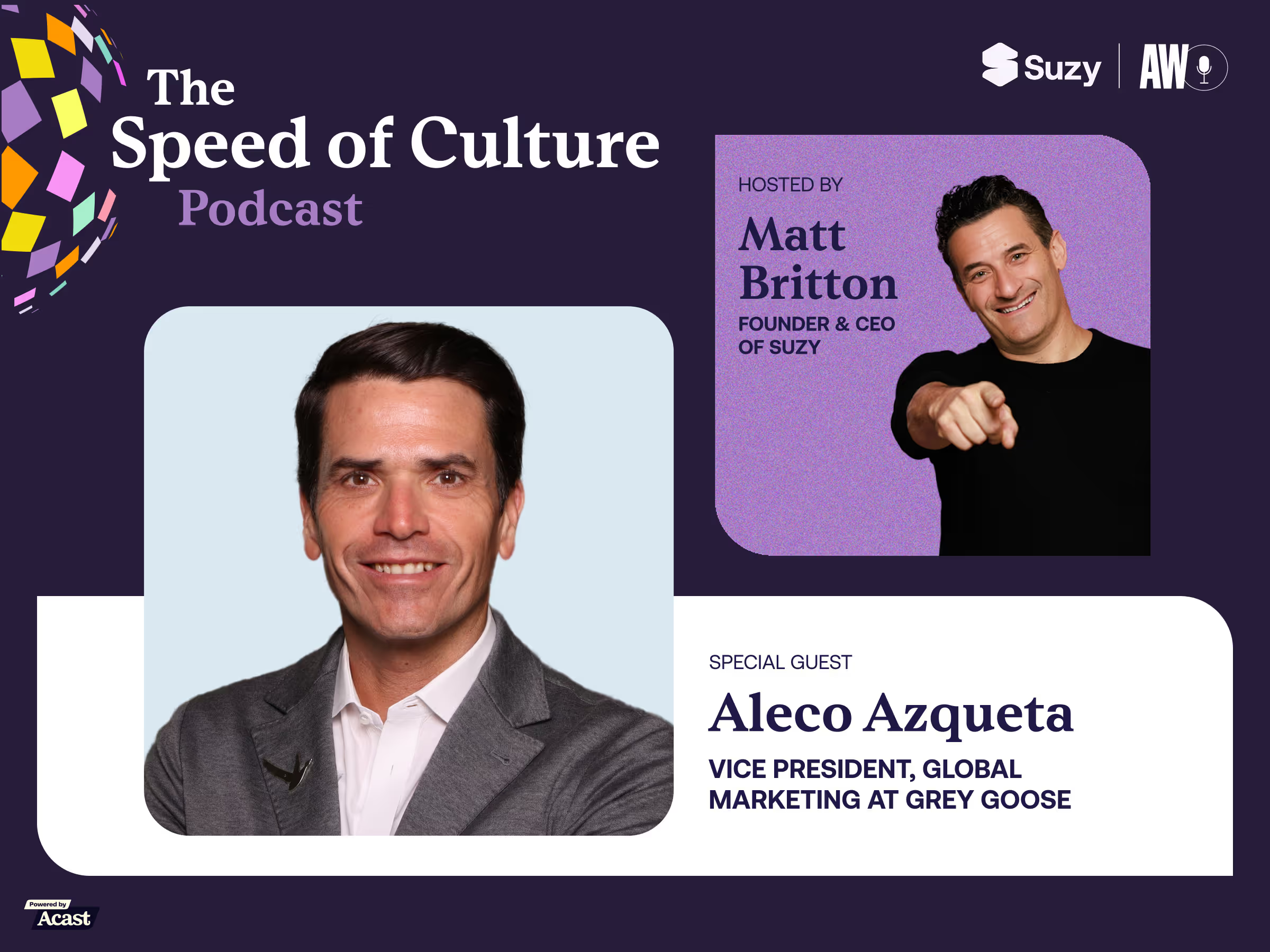“Technology's not going away, and I think what we're seeing among our guests, and among consumers more broadly, is that their expectations just keep getting higher and higher–expectations for what is convenience and how is that defined, expectations for what inspiration looks.”
— Rick Gomez
Are you curious about the ever-changing retail landscape? This week on The Speed of Culture podcast, we're talking to Rick Gomez, Executive Vice President and Chief Food and Beverage Officer at Target. Rick has a unique career path, shifting from law studies to leading marketing strategies at Target. His experiences at consumer packaged goods giants like Quaker Oats and PepsiCo have shaped his understanding of retail marketing. Today, he shares how the promise of “Expect More, Pay Less” is being upheld at Target and how the brand is adapting to meet consumer expectations in a rapidly evolving retail world. This episode is a must-listen for anyone interested in retail, marketing, and the power of listening to consumers.
Tune into the latest episode or read the transcript below to learn about the value of listening to your customers to influence retail marketing strategies.
Lessons from Rick Gomez: Rick discusses three takeaways that have guided his work at Target. First, he emphasizes the necessity of fully understanding your brand positioning and remaining authentic to its values across all consumer touchpoints. Secondly, he stresses the significance of being consumer-centric. This involves attentively listening to the needs and challenges of your customers and devising strategies to address these more effectively than competitors. Lastly, he underscores the advantages of operating within a substantial matrix organization like PepsiCo, where relationship-building and cross-functional collaboration are essential for achieving consumer satisfaction and overarching business objectives. By adopting these insights, marketers can enhance their leadership skills, improve consumer satisfaction, and effectively achieve their goals.
Adapting to Evolving Consumer Demands: Affordability has been a consistent demand from Target's customers, which aligns perfectly with the company's enduring promise to "Expect More, Pay Less". Target delivers on this promise by continually expanding its range of private labels across various categories, including Food & Beverage, Clothing, and Home Decor. Additionally, Target leverages a personalized loyalty program to provide custom discounts, enhancing customer satisfaction and loyalty. A notable example of Target's marketing strategies is the introduction of a $25 Thanksgiving meal bundle. This initiative not only meets the immediate needs of consumers but also builds long-lasting positive associations with the brand. Companies should ensure their brand promise resonates with customers' expectations and leverage positive experiences to build customer loyalty and trust.
Keeping Pace with Health and Wellness: Target is actively adapting to meet its customers' evolving health and wellness needs. Rick highlights that while organic and fresh products continue to be popular, they are noticing growth in categories like vegan, dairy-free, and keto products. There's also an emerging trend in non-alcoholic beverages like beer, wine, and mocktails. The wellness trend is not just confined to food and nutrition, it extends to self-care as well, with Target noticing strong growth in their beauty business. This reflects consumers' broad definition of health and wellness, incorporating both nutrition and self-care. To meet consumers’ diverse needs, brands need to stay attuned to them and expand their product lines.
Balancing Digital and Physical Shopping Experiences: During the COVID-19 pandemic, Target witnessed a significant boom in their digital business, which has continued to show robust growth post-pandemic. Nevertheless, physical stores play an essential role in Target's overall retail strategy. The nature of shopping trips varies between customers. Some seek a swift, convenient experience, making online shopping the preferred choice. Others enjoy the experience of browsing in-store during a free hour. Target strives to meet these diverse customer needs by providing optimal experiences, both in-store and online. When it comes to differentiation, catering to the unique preferences of each consumer is one way to stand out from your competitors.
Enhancing the Customer Experience: As consumer expectations continue to evolve with advancements in technology, brands must step up their game to meet these demands. One way Target has managed to meet these changing expectations is by offering a Starbucks drink to customers using their Drive-Up service. This strategy, once considered an unrealistic goal, has now become a reality, with customers receiving their hot beverage in under four minutes. By tapping into existing consumer behaviors and integrating them into their brand experience, Target is not only meeting but exceeding customer expectations, thereby fostering positive brand associations and loyalty among its customers.
Building a Successful Team: Rick underscores the importance of diversity in building a formidable marketing team. He suggests incorporating individuals with various backgrounds, experiences, and career trajectories to cultivate a wide array of perspectives that can spark innovative ideas. Rick also highlights the necessity for team members to possess resilience and adaptability. In the volatile retail sector, employees need the agility to alter strategies frequently. They also need to withstand challenges and inspire the team during tough times.
.webp)







